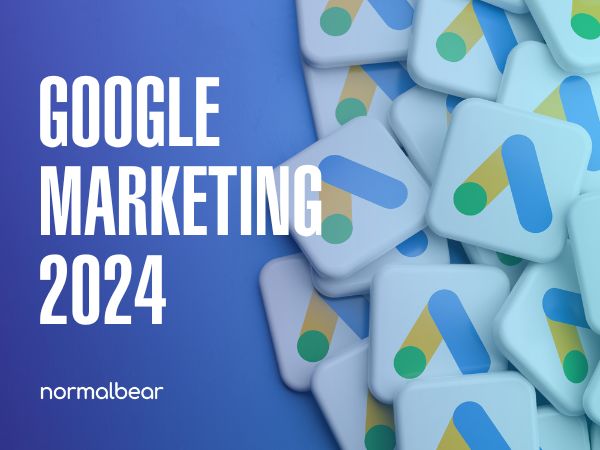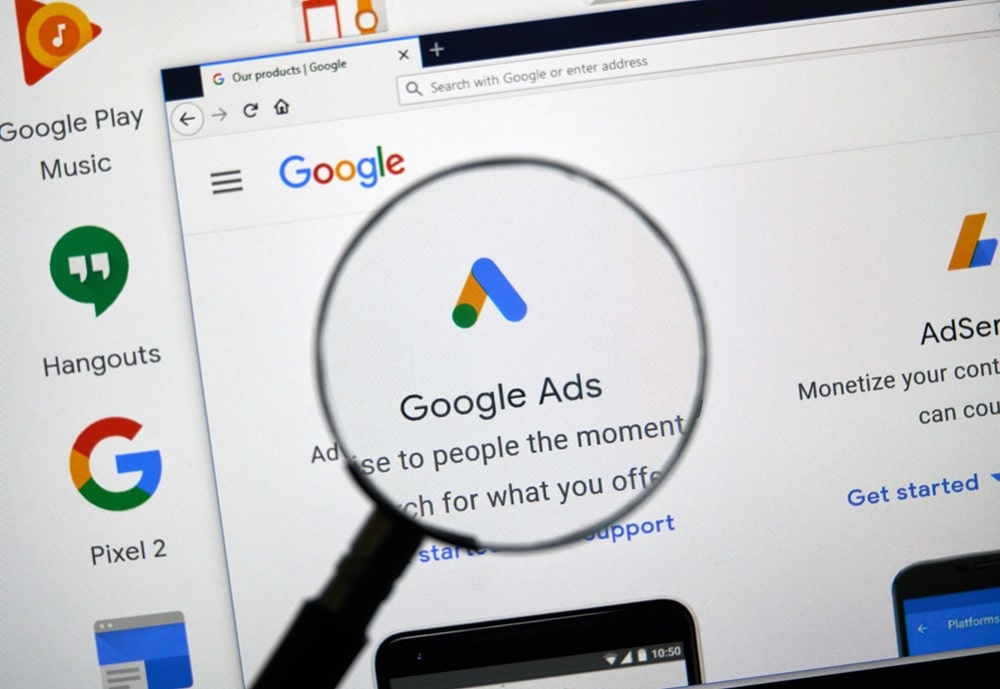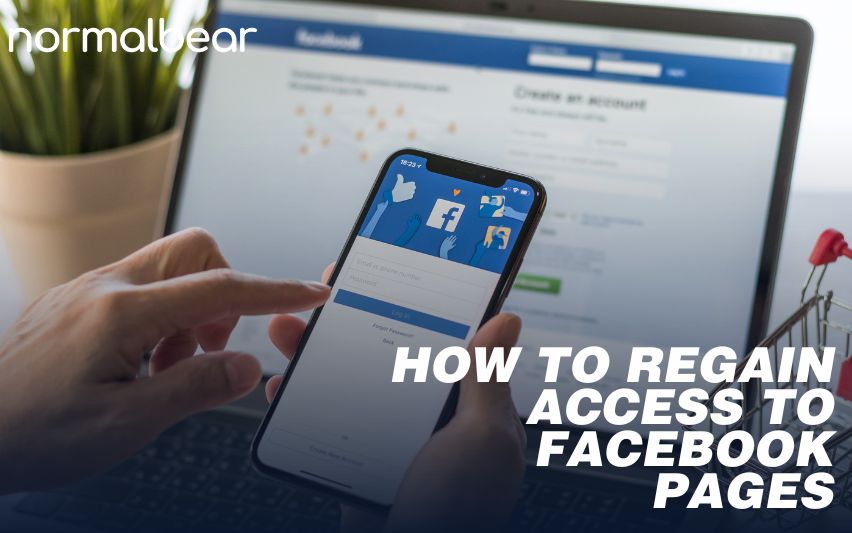With lockdowns forcing closures of retail locations and schools, and more people working from home, its had a significant impact on the online world. There’s been huge growth in the distance learning, online shopping, and entertainment sectors, which means both people and businesses have had to adapt more quickly than ever before.
These dramatic changes in the way we live have caused a ripple effect on branding, logos, marketing, illustration, and all other areas of graphic design. Some elements of website design are here to stay: speed, easy navigation, increased security, and the use of dark mode.
As we move into a brighter and hopeful 2021, what design trends will take prominence? Let’s take a look at the top 12.
1. 3D Design
This isn’t really new, but it’s one design trend that’s made the most of recent technological and software advances. Designers can up their 3D game by using augmented reality, virtual reality, and off-the-shelf software.
The trend in 2021 will be toward incredibly lifelike, hyper-real visuals that blur digital and physical realities. 3D visuals will not be pushed as a minor element, but take center stage or dominate web pages.
Trending designers are combining 3D designs with photos or flat illustrations, while others are adding movement and animation to create standout pages. These stunning visuals engage the viewer, hold their attention and can reduce your bounce rate.
2. Emoji-fied Design
Emojis are everywhere, from text messages to email subject lines. They enable designers to add emotion or even be the central feature of communication. On social media, they encourage interaction by creating a reaction and can be used to lighten the mood or communicate feelings.
The trend for 2021 is the creative and imaginative use of emojis. Brands might want to invent their own, but existing emojis can be incorporated into the design, with some outside-the-box thinking, and can serve to clarify the tone of a message.
3. Design Inspired by Nature
One side effect of the 2020 pandemic is a longing for nature. There’s been a slow return in the last 10 years or so to organic, softer, natural design, and the events of the past year have suddenly accelerated this trend.
This fits with the current societal trends of minimalism, using muted color palettes and illustrations. There are even color filters designed to create natural ambiances and textures like wood and stone.
4. Optical Illusions
The main goal of a well-designed web page is to engage and hold visitor interest, which makes optical illusion design a great option to add the “wow” factor that not only makes your site stand out but makes it memorable.
With optical illusions, the more you look, the more you need to look, and the longer you try to work it out, the longer you need to work it out. They’re clever and addictive.
This is one trend that really isn’t right for every brand, so appropriate usage is important, and this trend shouldn’t be used just to look cool – every element on a web page has to have its distinct purpose.
5. 3D Typography
In 2020, there was a more artistic flow to typography, and designers used playful ideas and concepts that drew in and delighted viewers. The trend in 2021 will be to add to those ideas with inspiration from 3D typography.
You’ll see the popular typography designs of 2020 transformed into 3D with ultra-realistic lettering that looks like you can reach out and touch it. This will be combined with animation, texture and patterns, and other modern techniques used in imaginative ways.
6. Using Cartoon Illustrations
For a while, illustration fell out of fashion, but it’s made a comeback recently, and it’s a great way to get your site to stand out from those that have heavy graphic elements, a clean digital look, and sleek minimalism.
The popular design trend in illustration for 2021 will be custom cartoon characters – adaptable, imaginative, playful, and multifunctional. In fact, cartoon illustrations can be used to create some custom emojis.
7. Metallic Design
Metallic effects in design are set to become uber-trendy in 2021. This look fits the drift toward minimalist design – they have an innate interest factor but also work to draw the eye to smaller elements.
Gold is the color used most often because it shows off many variations of metallic design: matte, shiny, reflective light effects, emboss, scratched and etched and cut out. It adds a luxury feel.
8. Voxel Art
A voxel is a 3D cube. basically the 3D version of a 2D pixel. You’ll have seen it in video games such as Minecraft and it has an instantly recognizable style. It’s a highly visual technique that’s slightly childish with retro appeal.
It’s dynamic and fun, and very memorable, especially for those 65% of adults who play video games.
9. Monochrome and Duotone Design
This look is influenced by a smooth, cool vibe, but it’s also risen in prominence to compensate for the increase in colorful illustrations and complex graphics.
Duotone and monochrome designs allow designers to create a background atmosphere while using the tricks of technology. This design style automatically provides a sense of structure and harmony as well.
As people spend more time in front of their computers, there’s a need for more relaxed, calm themes for sites and color holds a site together as a unified whole, while a monochrome or duotone palette offers the emotive effect.
10. Geometric Shapes
This trend has been around for a while but should reach its peak in 2021. The idea is to use individual shapes to create larger and more complex images. These are ideal for infographics, where simple blocks build recognizable ideas.
11. Chaos in Typography
In the design world, typography is seen as a direct reflection of the culture and times. Perfect for 2021 is the trend of chaos typography, with its lack of text and letter alignment and a mix in the order of letters and words. It’s about breaking the rules as it goes along.
12. Classic Black and White
The trend in 2021 will be to take 2020’s more muted palette and use it to cleverly head in the opposite direction from everyone else’s bigger and brighter.
The classic black and white effect is soft, and subtle, with a sense of nostalgia, like an old black and white movie. This trend has the same effect and provides a color scheme designed to create an atmosphere that lets other effects such as movement, shadows, animation, liquified organic shapes, and content stand out.
And it’s not all black and white. This trend works well with soft sepias as well as minimal highlight colors.







